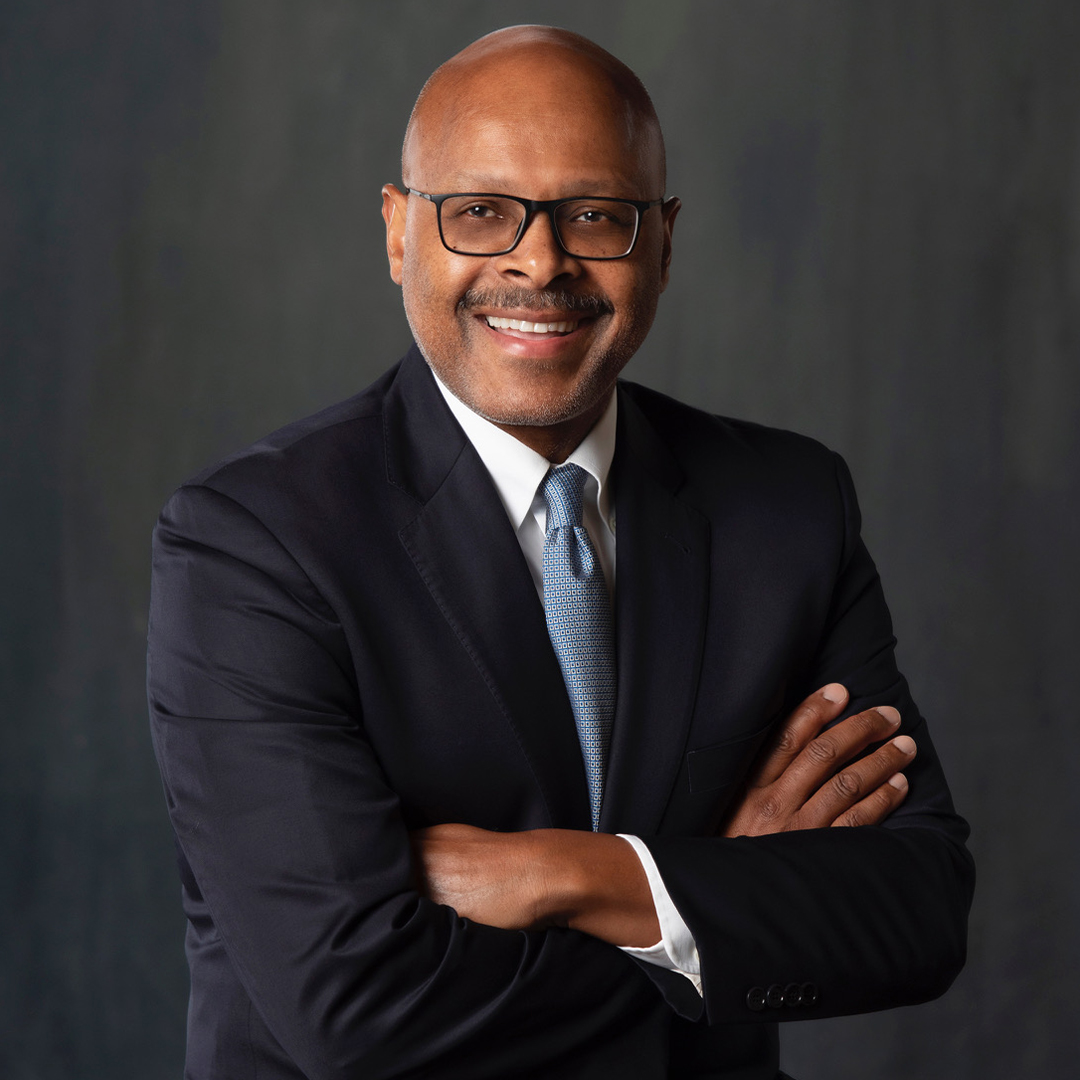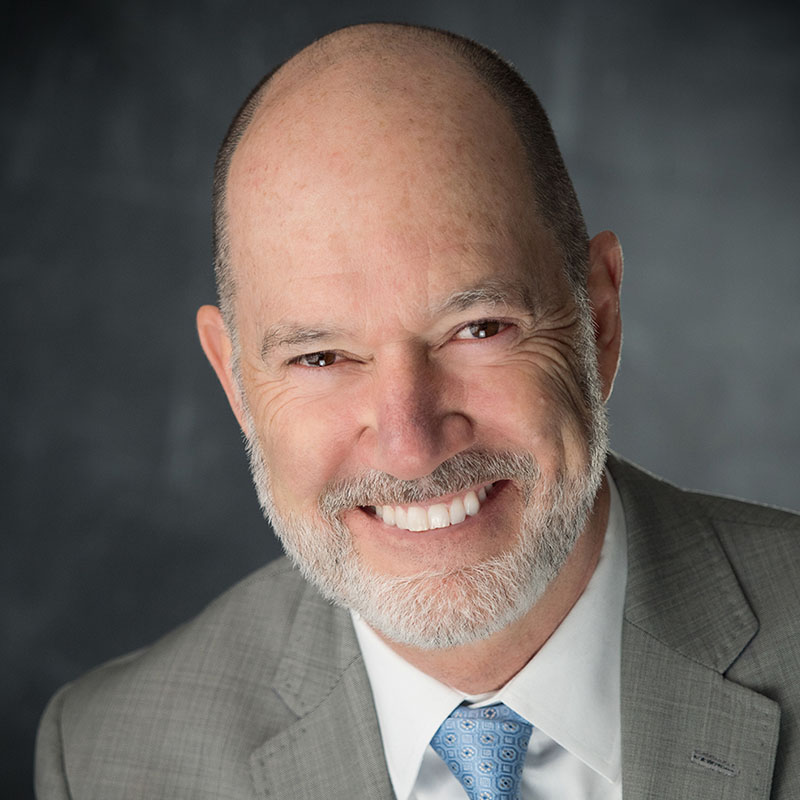
OUR MISSION
FirstGen Forward fosters success for first-generation students through our collaborations with higher education, philanthropy, business, government, and individuals to eliminate the completion gap and broaden post-college opportunities.
OUR VISION
A future in which first-generation students obtain postsecondary credentials; access opportunities equal to their skills, education, and training; and maximize their service to people and communities throughout the world.
OUR VALUES
As we pursue our work, the values we choose to embody include:
- Passion for, focus on, and commitment to first-generation student success;
- Integrity, confidence, and courage in our actions and relationships;
- Perseverance and audacity in pursuit of excellence;
- Innovation and adaptability in our services; and
- Teamwork and partnerships to produce quality results.
OUR OPPORTUNITY
Our cause matters to students, families, multiple generations, higher education, and our country. Consider this data:
- There are 8.2 million first-generation undergraduate students; 54% of all undergrads in the U.S.
- First-generation students are applying to college at twice the rate of continuing-generation students. Higher education must effectively serve first-generation students to survive, thrive, and meet their missions.
- The demographics illustrate the intersectional identities of the first-generation student:
• Over 50% of first-generation students are students of color;
• 62% of students who are veterans are first-generation students;
• 67% of students attending Asian American and Native American Pacific Isander-serving institutions (AANAPISIs) are first- generation;
• 65% of students at Hispanic-Serving Institutions (HSIs) are first-generation; and
• 60% of students at Historically Black Colleges and Universities (HBCUs) are first-generation
- The first-generation student graduation rate (bachelor’s degree within 6 years) is 24%; the continuing-generation student graduation rate is 59%.
- College graduates are 88% more likely to be employed; earn higher wages; and twice as likely to be civically engaged (i.e. volunteering, voting).
- By 2031, 72% of jobs in the U.S. will require postsecondary education or training.
- Between 2021-2031, 18.5 million job openings are expected per year; 12.5 million of those will require postsecondary education.
- There’s a powerful economic mobility impact on first-generation students who come from households with a median family income of $41,000.
- Closing the completion gap will result in 4.4 million more graduates and a net benefit of $700 billion to the U.S. economy.
OUR SOLUTION
Promote, champion, and sustain an effective, diverse, multi-sector movement working to ensure the necessary support and ecosystem for first-generation students to thrive in college and beyond.


























































